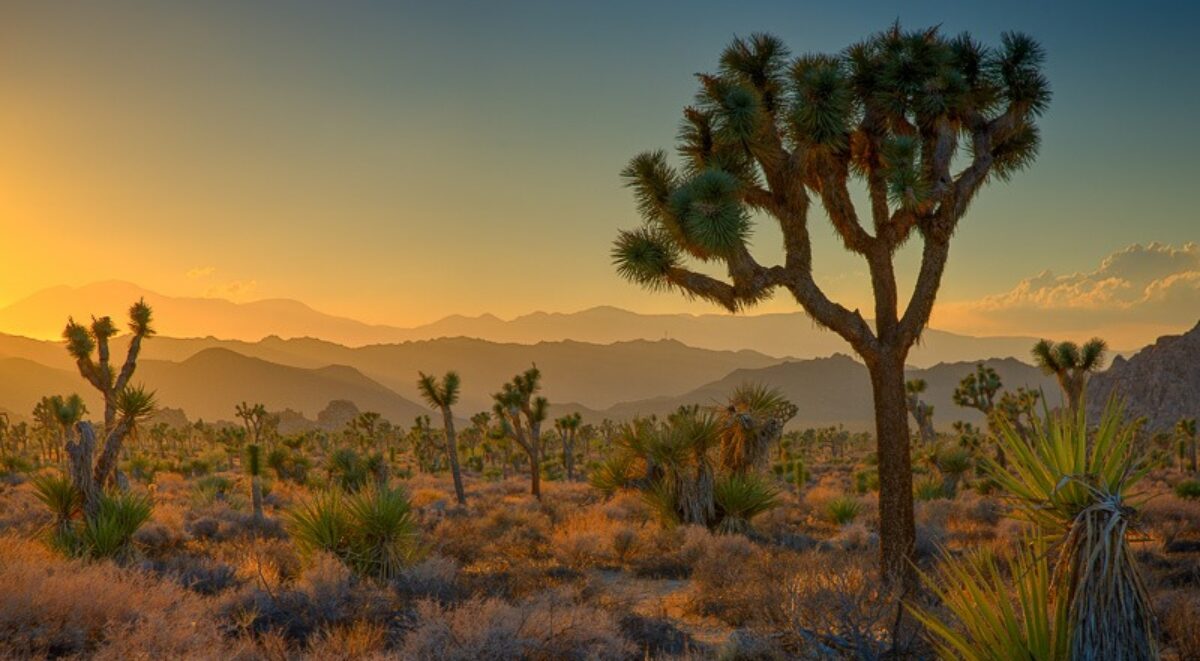What Is Shutter Speed?
Every camera has a shutter that controls how long the sensor is exposed to light when taking a picture. Shutter speed is the interval during which the shutter is expose to light. It can be as long as 30 seconds or as short as 1/1000 of a second or even shorter.
How Does a Shutter Work?
Shutters have for a long time been mechanical devices with two curtains with one of the curtains covering the sensor (or the film). When the shutter button is pressed, the curtain covering the sensor moves horizontally and snaps out of the way. The sensor is now exposed to the light coming through the lens. When the exposure is done the other curtain snaps across the sensor to cover it up again. Between exposures the shutter curtains are reset.
The interval between the time the first curtain snaps out of the way and the second curtain covers the sensor again is what determines the shutter speed. The camera has a built-in ability to determine how quickly the second shutter must snap to give the required shutter speed. With very short shutter speeds it’s possible that the second shutter snaps before the first one is finished.
Mirrorless cameras (and smart phones) do not have curtains. The sensor is always exposed to light. It has to be this way because the camera does not have a traditional view finder. The only way you can see what you’re photographing is by the LCD screen on the back of the camera or the tiny LCD screen in what used to be an optical viewfinder. And for those to work, light has to be shining on the sensor all the time.
A mirrorless camera must operate the shutter differently. It is done electronically. When the shutter button is pressed, the camera’s processor knows that the steady stream of signals that has been coming from the sensor now needs to be captured for the image. So, for the period of time that the shutter speed has been set for, that part of the stream is captured and turned into a file that is saved on the memory card. After the image is captured and saved, the camera goes back to sending the sensor data just to the displays.
What Are the Effects of Different Shutter Speeds?
Shutter speeds have an effect on the sharpness of the image. When shooting hand held, a longer shutter speed has a greater chance of the camera moving ever so slightly during the exposure. Also, action shots taken at a slower shutter speed will often be blurred.
So high shutter speeds like 1/1000 of a second are used for action shots. And the rule of thumb for getting sharp hand held images is to use a shutter speed that is 1/focal length or shorter. For example, if the focal length is 100 mm, then a shutter speed of 1/100 of a second will give a sharp image as long as you are careful to steady the camera.
Long shutter speeds, on the other hand, can produce intentional blurs, even when shooting from a tripod. If you want a waterfall to be blurred, you can use a shutter speed of 1/5 of a second or longer, depending on the amount of blur you want.
Exposure Triangle
Shutter speed is one of the sides of the Exposure Triangle. The other two sides are ISO and aperture.
All of the sides of the exposure triangle are measured in stops or EV (Exposure Value), where one stop is a doubling or halving of the amount of light.
With shutter speeds, this calculation is quite simple. An exposure of 2 seconds allows twice the amount of light to shine on the sensor as a 1 second exposure and the exposure increases by 1 EV.
Join me on a fantastic workshop. Click here to see what I have in store for you.
Read more:
Tell Me More About Exposure
Tell Me More About ISO
Tell Me More About Aperture
Tell Me More About the Exposure Triangle
(78)
